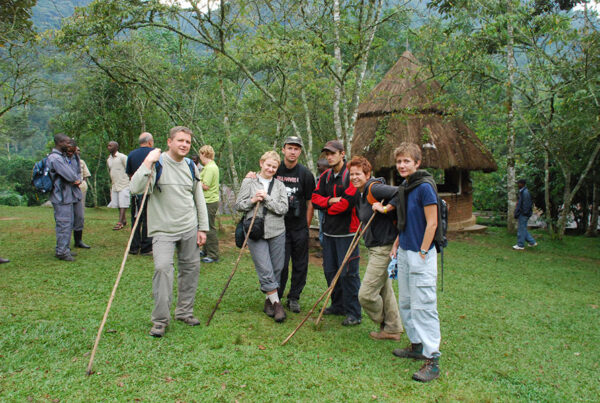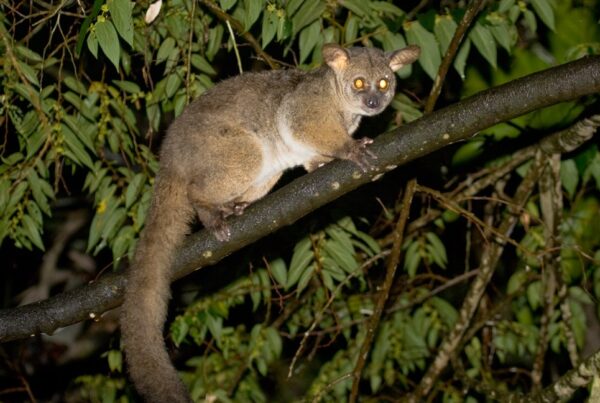5 Fascinating Facts About Cape Porcupine
Unveiling Africa’s Quill-Covered Enigma
When you think of Africa’s iconic wildlife, lions, elephants, and giraffes may top the list. But tucked away in the continent’s woodlands, savannas, and rocky hillsides lives a lesser-known marvel that deserves its share of the spotlight: the Cape Porcupine.
With its imposing quills, nocturnal habits, and intriguing behavior, the Cape Porcupine (“Hystrix africaeaustralis”) is Africa’s largest rodent and one of the most misunderstood creatures in the animal kingdom. Join us as we delve into five astonishing facts about this quill-covered wonder that may just change the way you view rodents forever.
1. It’s the Largest Porcupine in the World
The Cape Porcupine isn’t just the biggest rodent in Africa; it holds the title of largest porcupine species globally. These robust creatures can reach lengths of up to 84 centimeters (33 inches) and weigh between 13 to 27 kilograms (29 to 60 pounds).
Despite their size, they are remarkably agile for forest dwellers, able to climb, burrow, and even swim when necessary. This size isn’t just for show either – it helps deter predators and supports their survival in a diverse range of African habitats, from savannas to mountainous areas.
Their bulk is not muscle alone. Much of their mass is supported by a coat of long, hollow quills that serve both as a defense mechanism and a warning system.
2. Those Quills Are Nature’s Masterpiece of Defense
Perhaps the most iconic feature of any porcupine is its quills. And in the Cape Porcupine’s case, these quills are nothing short of biological marvels.
How Do They Work?
Contrary to popular belief, porcupines do not shoot their quills. Instead, they embed them into attackers using a powerful backward thrust. Each quill is loosely attached to the skin and can easily detach and lodge into a predator. Once embedded, these quills can migrate deeper into tissue over time, causing pain, infection, or even death in some cases.
A Sonic Warning System (Facts About Cape Porcupine)
Before engaging physically, Cape Porcupines often give warnings by rattling their hollow tail quills, producing a sound not unlike a maraca. This behavior deters many would-be predators, including lions and leopards. If that doesn’t work, they stamp their feet, charge backward, and bristle their quills in a final, explosive defense.
The quills also vary in length and function. Some are used for display, others for defense, and some, particularly the hollow ones at the tail end, serve strictly as auditory warning devices.
3. They Mate for Life and Share Parenting Duties
Cape Porcupines may look solitary, but their social structures are surprisingly advanced.
These porcupines often form monogamous pairs, and once they mate, they stay together for life. The pair usually shares a burrow system, which they dig themselves or expand from abandoned dens. These tunnels can be several meters long with multiple chambers for sleeping and raising young.
A Family Affair
After a gestation period of around 94 days, the female gives birth to 1-4 offspring (called “porcupettes”). These babies are born with soft quills, which harden within a few days. Both parents are involved in raising and protecting the young, a behavior rarely observed in most rodents.
Porcupettes remain with the family unit for several months, learning the ways of the wild and how to use their quills effectively. The strong bond and cooperation within the family enhance survival rates significantly.
4. They Are Ecological Engineers (Facts About Cape Porcupine)
Cape Porcupines aren’t just survivalists; they play a crucial role in their ecosystems.
By digging for roots, bulbs, and tubers, they aerate the soil, which improves nutrient cycling and enhances plant regeneration. Their foraging activities mimic natural tilling, making them vital contributors to healthy, balanced ecosystems.
Dietary Oddities
These creatures are mostly herbivorous, feeding on a wide range of vegetation including bark, roots, fallen fruit, and even agricultural crops. However, they have also been known to chew on bones and discarded antlers to obtain essential minerals like calcium and phosphorus.
Though this sometimes brings them into conflict with farmers, their ecological benefits often outweigh the occasional crop raid. Effective wildlife management and education can mitigate human-wildlife conflict and promote coexistence.
5. They Are Nocturnal and Surprisingly Intelligent
Cape Porcupines are strictly nocturnal, which means they are most active at night. This behavior helps them avoid predators and scorching daytime temperatures in the African bush.
Intelligent Navigators
Despite their reputation as slow or simple rodents, Cape Porcupines demonstrate impressive levels of spatial memory and problem-solving. They navigate complex burrow systems, remember locations of food sources, and even exhibit cautious behavior when exploring new environments.
They also maintain territorial boundaries marked by secretions from specialized glands. These scent marks allow them to avoid unnecessary confrontations and help establish social hierarchies within a given area.
Communication and Behavior
Cape Porcupines communicate using a combination of grunts, growls, foot stamping, and quill rattling. These sounds and gestures convey messages ranging from distress to mating interest. Their behavioral repertoire is vast, underscoring their cognitive capabilities.
Why You Should Care About the Cape Porcupine
Often overlooked in favor of Africa’s more glamorous wildlife, the Cape Porcupine deserves recognition for its unique adaptations, ecological contributions, and social intelligence. As human development continues to encroach upon wild habitats, understanding and protecting such creatures becomes more important than ever.
By appreciating the role species like the Cape Porcupine play, we gain a fuller understanding of Africa’s biodiversity and the importance of safeguarding ecosystems in their entirety.
Experience the Cape Porcupine and More With WildHorn Africa
The best way to understand and appreciate the wonders of African wildlife is to see it firsthand. From towering giraffes to the humble but fascinating Cape Porcupine, every creature tells a story.
Let WildHorn Africa guide you through immersive safari experiences that reveal the continent’s hidden gems. With expertly curated tours, knowledgeable guides, and a commitment to sustainability, WildHorn Africa offers more than just a vacation — it offers a deeper connection to the wild.
Book your African safari today with WildHorn Africa – and uncover the wonders of the wild.
Facts About Cape Porcupine #Facts About Cape Porcupine Facts About Cape Porcupine





 WildHorn Africa – Authentic and unforgettable tours across Africa, guided by local experts who know the land, wildlife, and culture best.
WildHorn Africa – Authentic and unforgettable tours across Africa, guided by local experts who know the land, wildlife, and culture best.


